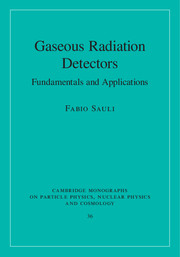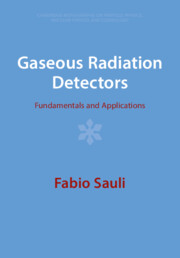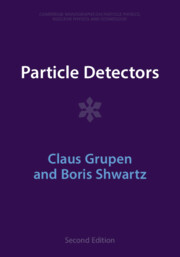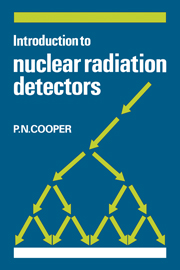Gaseous Radiation Detectors
Widely used in high-energy and particle physics, gaseous radiation detectors are undergoing continuous development. The first part of this book provides a solid background for understanding the basic processes leading to the detection and tracking of charged particles, photons, and neutrons. Continuing then with the development of the multi-wire proportional chamber, the book describes the design and operation of successive generations of gas-based radiation detectors, as well as their use in experimental physics and other fields. Examples are provided of applications for complex events tracking, particle identification, and neutral radiation imaging. Limitations of the devices are discussed in detail. Including an extensive collection of data and references, this book is ideal for researchers and experimentalists in nuclear and particle physics.
- Provides an up-to-date and thorough review of gaseous radiation detectors
- Introduces the basic fundamentals of detection, including ionization, charge collection and multiplication, paramount for an understanding of the topic
- Covers both theoretical concepts and practical applications of gaseous radiation detectors
Product details
June 2014Hardback
9781107043015
460 pages
254 × 179 × 32 mm
1.08kg
520 b/w illus.
Temporarily unavailable - available from TBC
Table of Contents
- 1. Introduction
- 2. Electromagnetic interactions of charged particles with matter
- 3. Interactions of photons and neutrons with matter
- 4. Drift and diffusion of charges in gases
- 5. Collisional excitations and charge multiplication in uniform fields
- 6. Parallel plate counters
- 7. Proportional counters
- 8. Multiwire proportional chambers
- 9. Drift chambers
- 10. Time projection chambers
- 11. Multitube arrays
- 12. Resistive plate chambers
- 13. Micro-pattern gas detectors
- 14. Cherenkov ring imaging
- 15. Miscellaneous detectors and applications
- 16. Time degeneracy and aging
- Further reading
- References
- Index.






